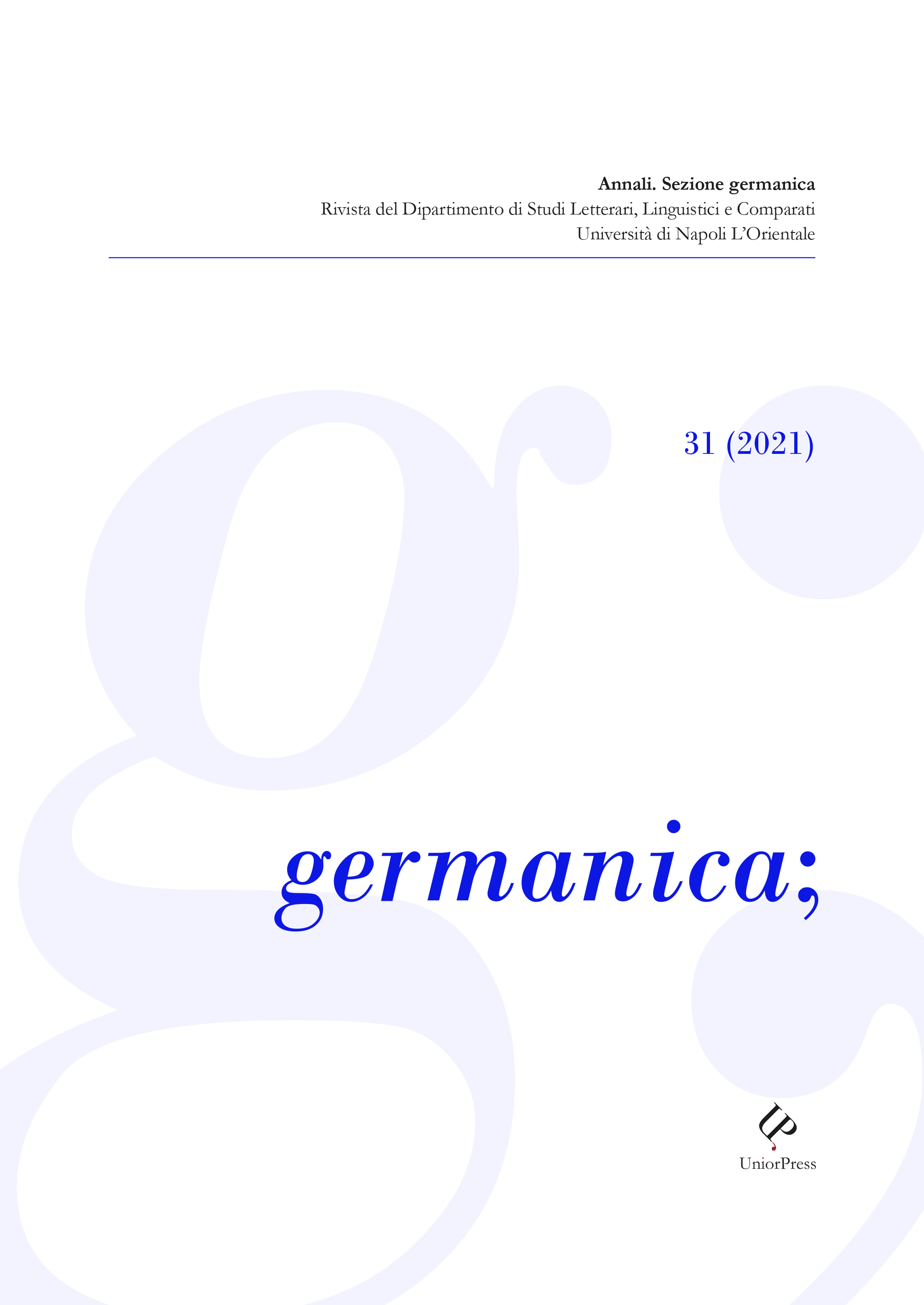Audiovisual subtitling and teaching German as a Foreign Language: a proposal
DOI:
https://doi.org/10.6093/germanica.v0i31.9214Keywords:
audiovisual translation, subtitling, DaF, university classes, L2 vs. L1Abstract
Today, audiovisual translation is an established university discipline that constitutes an independent part of translation studies. In the last thirty years, studies on the analysis and teaching of audiovisual translation have been mainly devoted to dubbing and subtitling, as they are considered the most effective procedures for learning and using a foreign language. The paper focuses on the process of subtitling in DaF classes and assumes that the aim of subtitling in university foreign language classes is not to train specialists, but to strengthen metalinguistic, pragmatic and communicative reflection in addition to vocabulary, and to consolidate learners’ capacity for contrastive analysis. The challenge is also to make them aware of the use of their mother tongue and, in the case of L2 vs. L1 translation, to improve their written competence in the L1.
Downloads
Published
How to Cite
Issue
Section
License
The authors who publish in this Journal accept the following conditions:
- The authors retain the rights to their work and give the magazine the right to first publish the work, simultaneously licensed under a Creative Commons License - Attribution which allows others to share the work indicating the intellectual authorship and the first publication in this magazine.
- Authors may adhere to other non-exclusive license agreements for the distribution of the version of the published work (eg deposit it in an institutional archive or publish it in a monograph), provided that the first publication took place in this magazine.
- Authors can disseminate their work online (e.g. in institutional repositories or on their website) before and during the submission process, as it can lead to productive exchanges and increase citations of the published work (See The Effect of Open Access).


